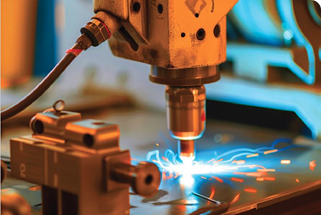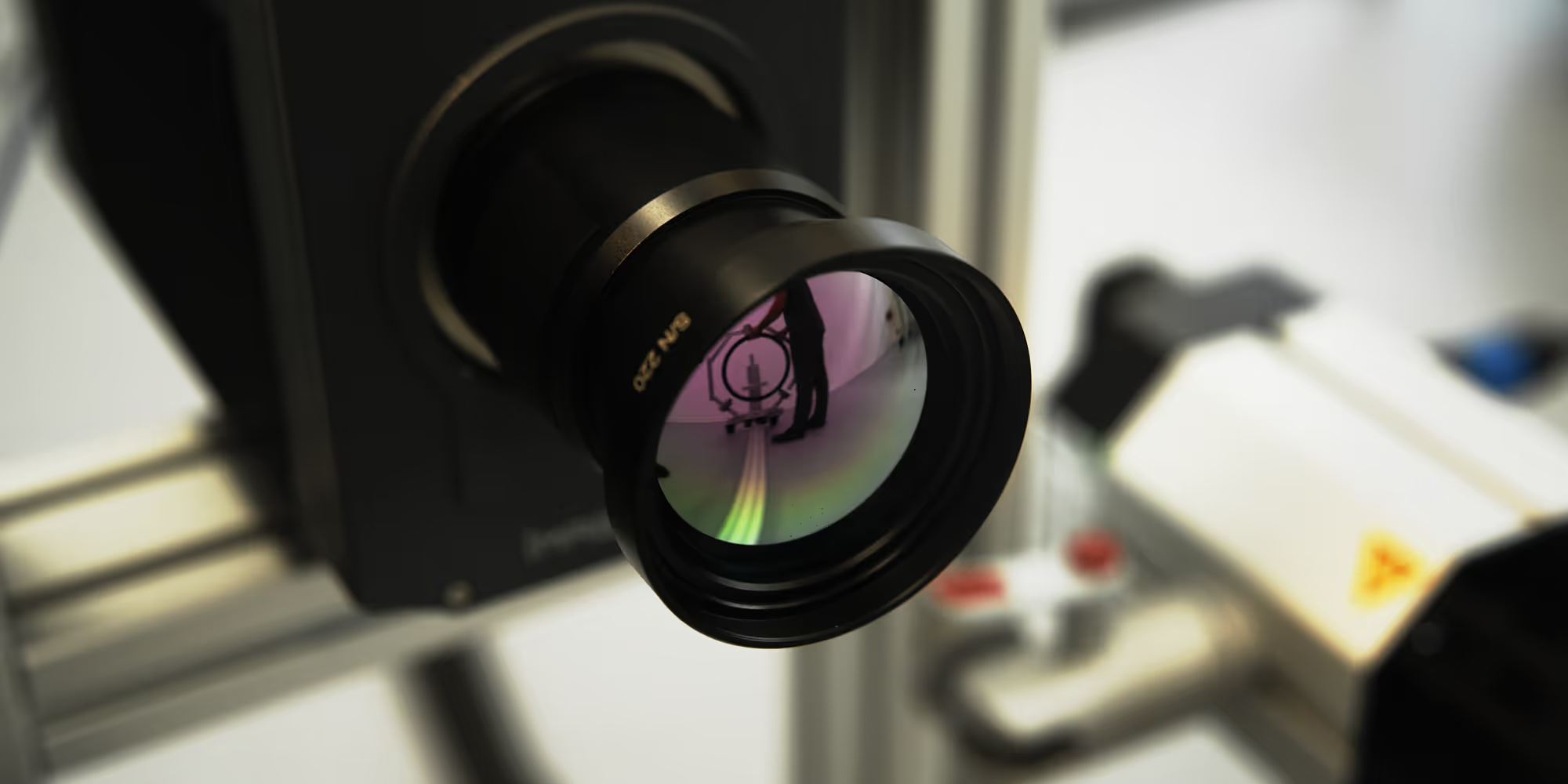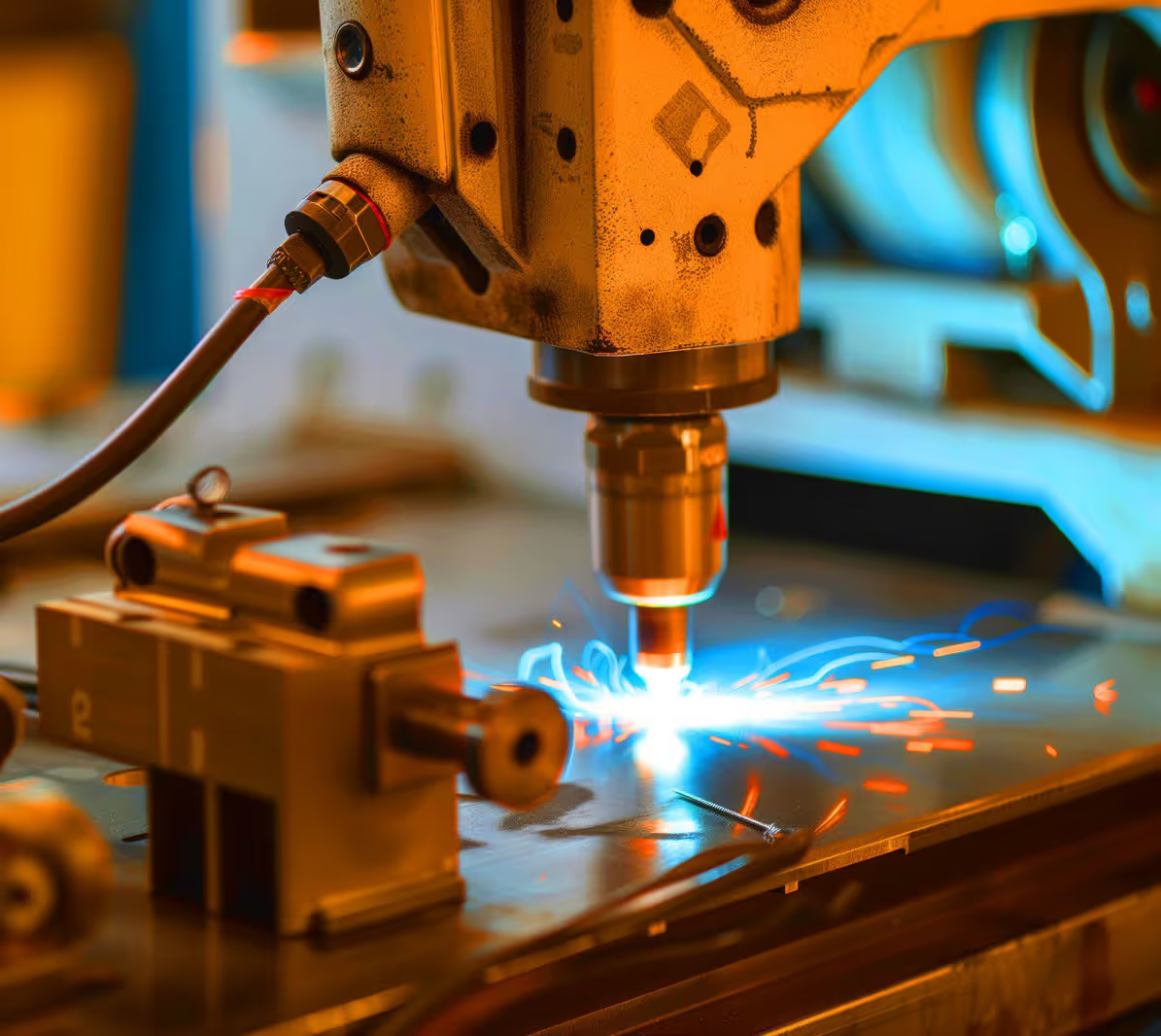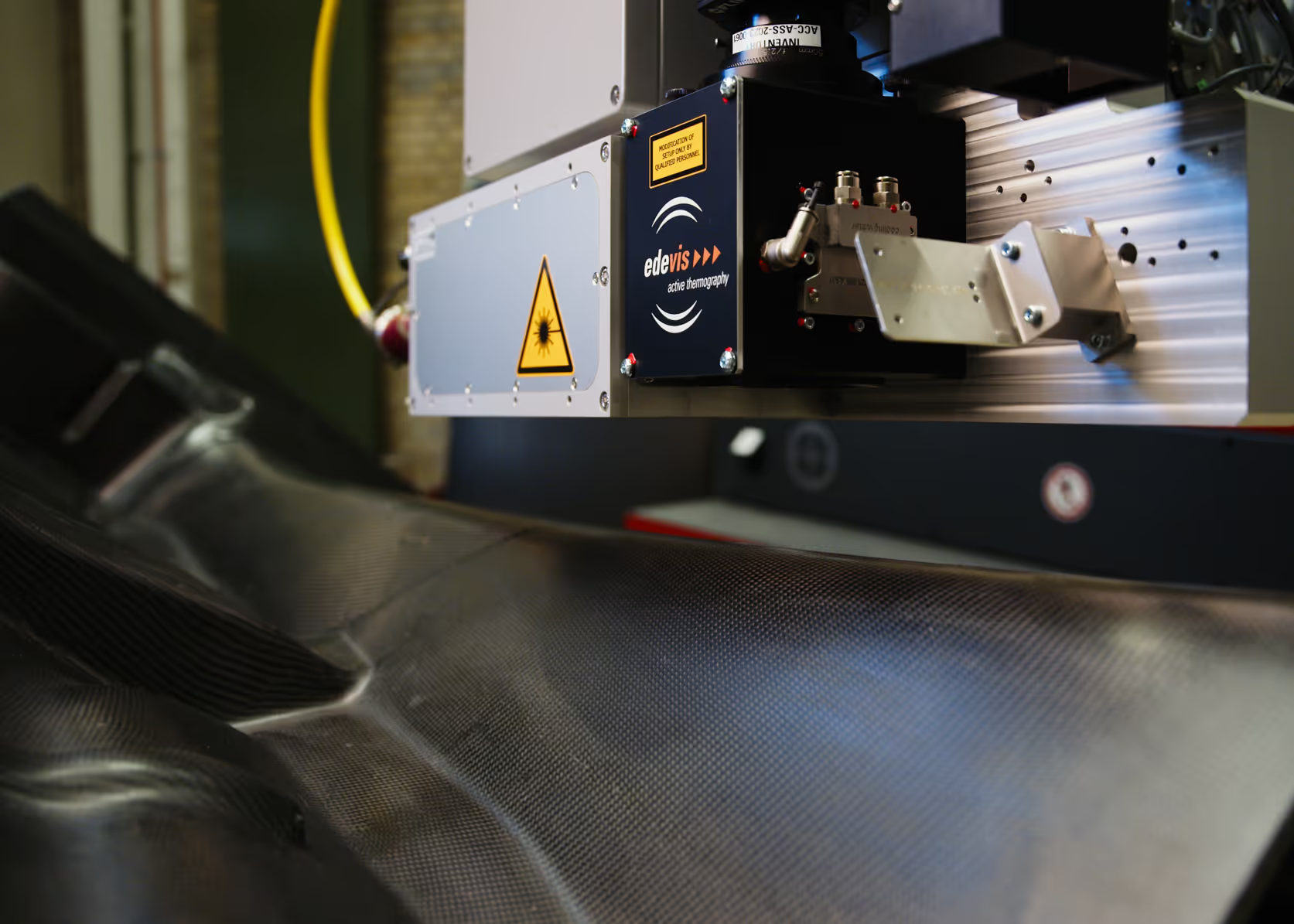What is active thermography
A guide to how it works, processes, and applications
Active thermography is a highly developed method of non-destructive testing (NDT), which can be used to reliably identify internal defects or structural weak points in materials — without any mechanical intervention. It is fast, contactless and versatile.
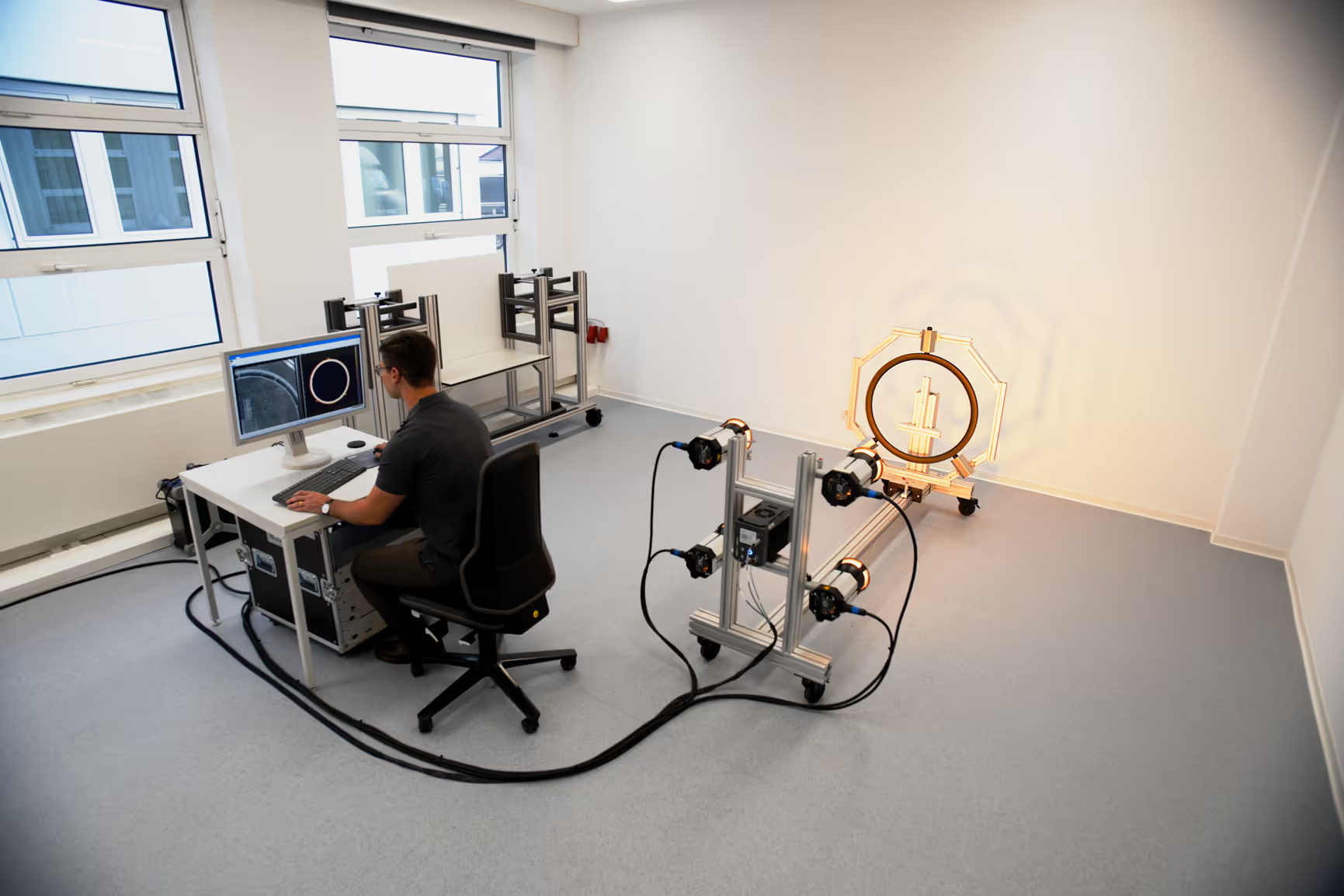
Understanding thermography: passive or active?
Basically, there are two types of thermography: passive and active.
The passive thermography is based on measuring the natural surface temperature of an object. This means that no external energy is supplied. This method is particularly suitable where temperature differences occur naturally — for example to detect thermal bridges in buildings or hot spots on electronic components.
In contrast, the active thermography, which selectively supplies energy to generate a measurable heat flow inside the test body. By observing this process with high-resolution infrared cameras, irregularities lying below the surface, such as air pockets, cracks, delaminations or adhesive defects, can be made visible. This is precisely where the big advantage lies: The method allows insights into the depths — without damaging the component.
How active thermography works — explained step by step
The process of active thermography can be roughly divided into four consecutive steps:
- Thermal excitation
First, the component to be tested is heated in a targeted manner. This can be achieved by means of a short energy pulse, for example by means of flash lamps, halogen lamps, lasers, or by electromagnetic or mechanical methods such as induction or ultrasound. The aim is to introduce heat into the material in a controlled manner. - Heat spread inside
After excitation, the heat introduced propagates through the material. Defects, such as cracks or delaminations, react differently to thermal energy than intact areas. These differences influence local heat flow and create characteristic temperature patterns. - Infrared measurement and image acquisition
Highly sensitive infrared cameras record temperature changes on the surface in real time. These thermal signals are recorded in the form of so-called thermograms — image sequences that document the course of the surface temperature over time. - data evaluation
The last step is to evaluate the image data obtained. Using modern software and mathematical algorithms, phase, amplitude or depth images are calculated, which allow conclusions to be drawn about the position, depth and extent of possible defects.
Variants of active thermography
Depending on the test task and material properties, different active thermography methods are used.
A widely used process is the pulse thermography. Here, the component is stimulated with a short, intensive energy pulse. This method is particularly suitable for rapid surface testing down to a depth of several millimeters — for example with fiber-reinforced plastics, cast components or sandwich structures.
The lock-in thermography, on the other hand, works with a continuously modulated heat source. The excited temperature oscillation allows a very selective and noise-free analysis, particularly for metallic materials or when inspecting microcracks in electronics manufacturing.
There are also specialized processes such as Induction thermography, in which an alternating electromagnetic field selectively heats conductive areas — ideal for welding and soldering tests. Auch ultrasonic and laser thermography enable targeted suggestions in hard-to-reach zones or on complex geometries.
Benefits of active thermography
Active thermography offers a wide range of advantages — both in laboratories and in industrial practice:
- Non-destructive and contactless: The test is carried out without mechanical intervention or complex sample preparation. This is particularly important for sensitive or already assembled components.
- Quick and comprehensive: Large areas can be examined in a short period of time, making them ideal for series testing or inline monitoring.
- Versatile: The method works with a wide range of materials — from metals and ceramics to plastics and fiber composite materials.
- Can be automated: The technology can be easily integrated into production lines or robot cells, which guarantees high testing speed while maintaining consistent quality.
Limits and challenges
Like any testing technology, active thermography also reaches its limits under certain conditions:
- Limited penetration depth: The depth at which defects can be detected depends heavily on the material, the type of excitation and the heat conduction.
- Surface effect: Shiny or highly reflective surfaces — for example in the case of polished metals — can interfere with the measurement and may require special calibration.
- Complex data analysis: Interpreting thermograms requires experience and know-how. However, modern evaluation software makes this step considerably easier.
Practical application examples from various industries
Active thermography is used in a wide range of industrial applications. In the aerospace For example, it makes it possible to quickly identify delaminations or impact damage to CFRP components — without damaging them. In the automotive It is used for 100% testing of welded and adhesive seams, as well as for detecting cracks on safety components.
Even in the electronics and solar industry It plays an important role: Here, it is used to detect faults in solder connections or to identify short circuits at an early stage. In construction industry In turn, moisture and insulation damage is identified with the help of active thermography — quickly, reliably and without interfering with the building fabric.
Active thermography at edevis
edevis develops and supplies tailor-made systems for active thermography — from portable test cases for flexible use to fully automated test benches for series production. Depending on the application, we use pulse, lock-in, induction or laser thermography. Our modular hardware and software architecture allows seamless integration into existing testing processes — both in the laboratory and in production.
If you'd like to learn more about our solutions, visit our product overview or talk to us directly. Together, we will find the right system for your testing requirements.
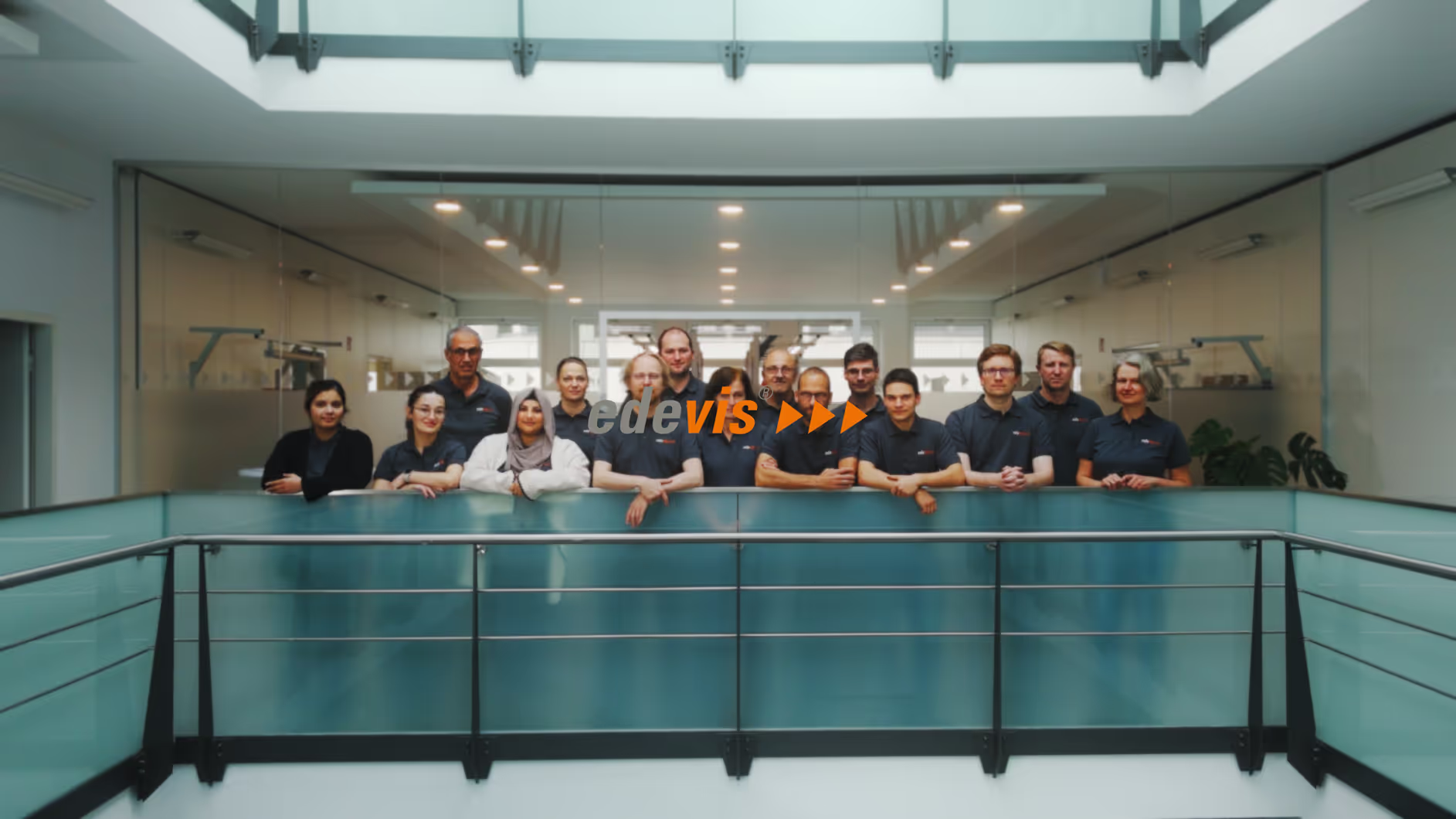
Resources
FAQ
Our frequently asked questions — answered quickly and easily.




